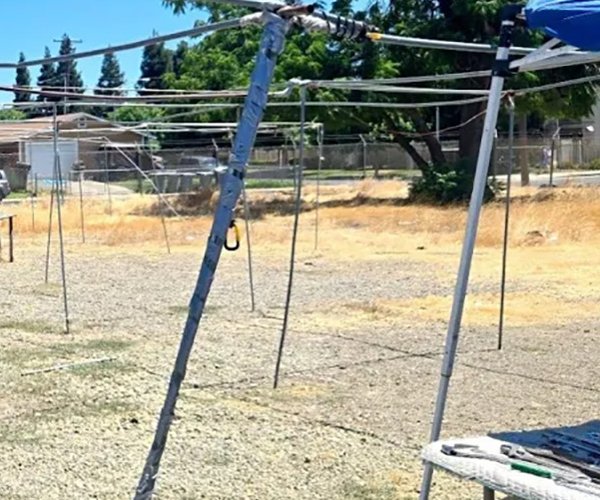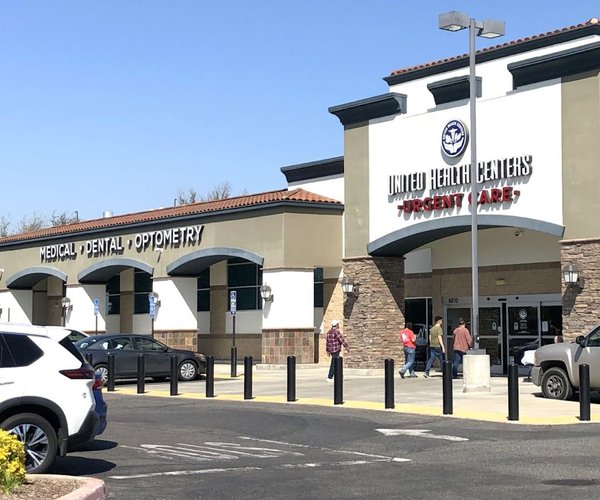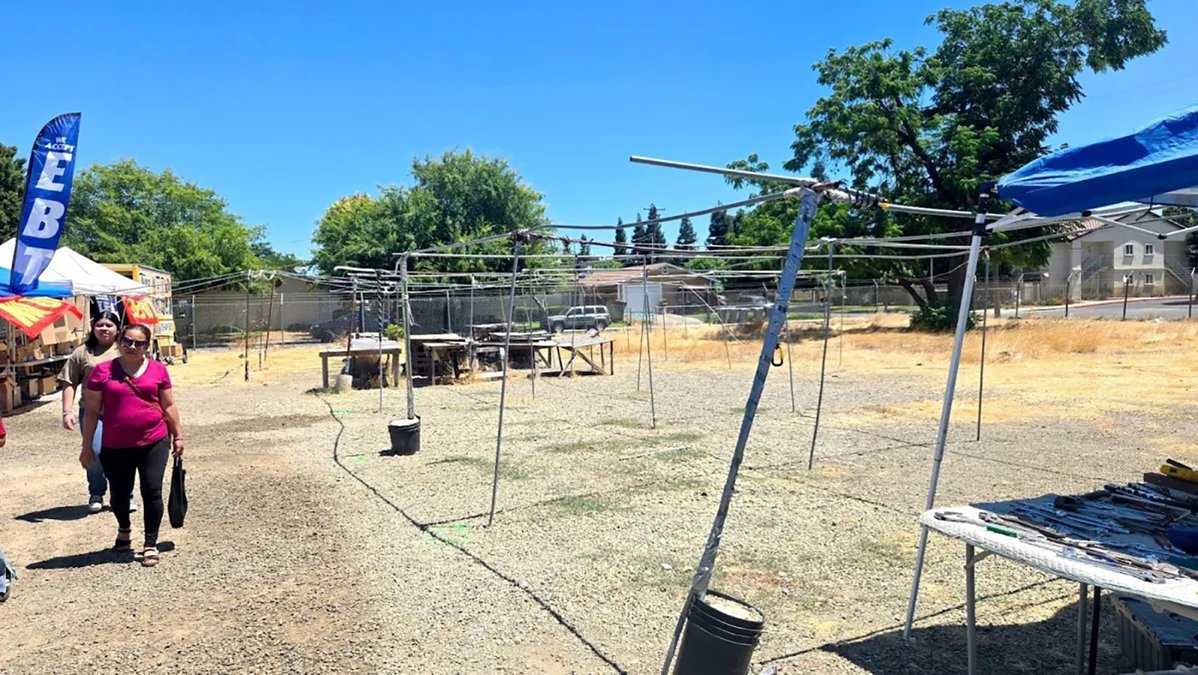Four years ago, the Stanislaus Council of Governments created a plan of action known as Valley Vision Stanislaus in order to make the roads less congested, jobs more available and air in the Central Valley much cleaner. It’s now time to update the plan, and a series of workshops are being held next week to receive community input on what infrastructure improvements the area deems most necessary.
The county’s Regional Transportation Plan and Sustainable Communities Strategy was last updated in 2013, and is a collaborative effort involving the cities of Ceres, Hughson, Modesto, Newman, Oakdale, Patterson, Riverbank, Turlock and Waterford, as well as Stanislaus County.
The plan embraces Senate Bill 375, which requires planners to consider how land use and transportation can be coordinated to help reduce greenhouse gas emissions, and includes framework for roads, freeways, public transit, bike trails and other public modes of travel. The plan is also influenced by Assembly Bill 32, passed in 2006, which requires the state to reduce emissions to 1990 levels no later than 2020. As a result of these laws, transportation planning and land planning has become more closely linked, and Stanislaus County successfully reached its goals for lowering emissions following the plan’s most recent update.
“When you’re talking about investing in transportation, we also have to look at how that’s going to affect land use, like where you’re building things and putting transportation options as close to things as you can,” said Kendall Flint, Outreach Project Manager for Valley Vision Stanislaus.
Valley Vision Stanislaus provides planning for housing, jobs and services to be located in a way that helps reduce the amount we travel day-to-day in our cars and trucks, such as creating more bus routes, bike trails and pedestrian walkways. In order to receive input on what kind of services the community would like to see, three public workshops will be held throughout the county and will include an overview of the planning process.
“These are all critical investments in our quality of life,” said Flint. “Without the public’s input, we can’t develop a plan that accurately represents the needs of the region.”
This year’s update to the plan is particularly exciting, added Flint, because of the recent passage of Measure L in Stanislaus County and Senate Bill 1 at the State level, which will both provide significant funding for infrastructure projects.
Included in SB 1 is $400 million which will be used to extend the Altamont Corridor Express train to Ceres and Merced.
“Train service is just another way to get people out of cars and into other forms of transportation to reduce greenhouse gas emission,” said Flint.
The community workshops for Valley Vision Stanislaus will be held from 6 p.m. to 8 p.m. at three different locations on three different days: July 31 at the Patterson Hammon Senior Center, 1033 W. Las Palmas, Aug. 2 at the Oakdale Community Center, 110 S. 2nd Street and Aug. 3 at the Modesto Conference Center in the Ash Room, on the corner of 10th and K Street.
For more information, visit www.stancog.org/vvs.shtm.









